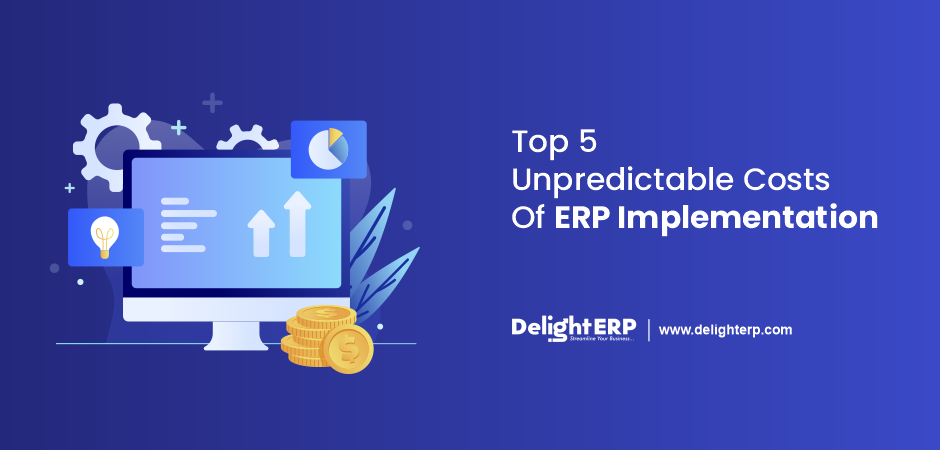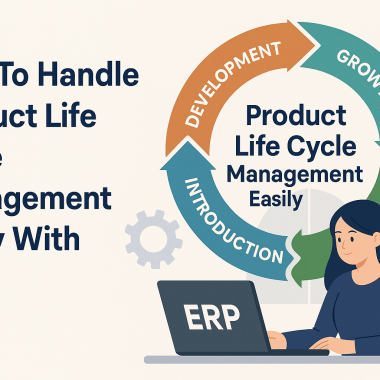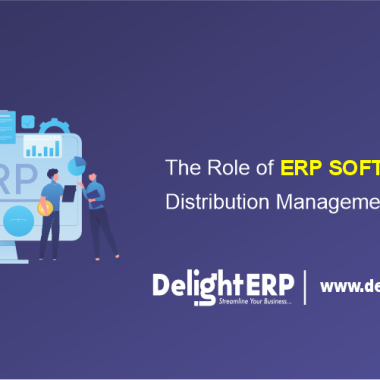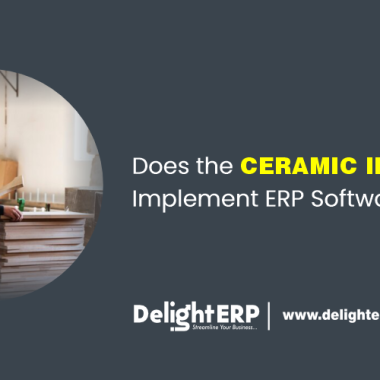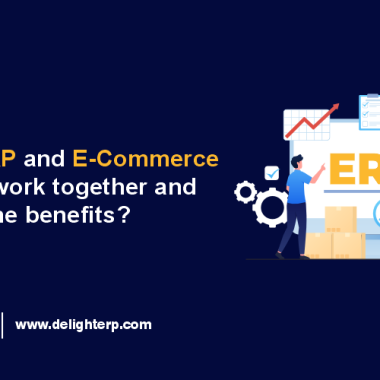Introduction
Unpredictable Cost behind ERP Implementation is a common pressure point in Companies while implementing ERP Software. You and your ERP selection team have met with many vendors, analyzed everything possible over the months, and now have a selection. The selected vendor gave you a price and an estimate of your total costs to implement and start using a new, powerful ERP system. Your management approved the project.
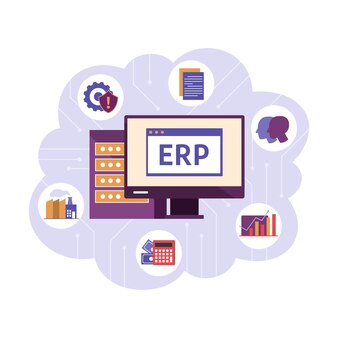
Top 5 unpredictable costs of ERP Software Implementation
However, few will be surprised that your best estimate is possibly short of the actual cost of implementing the ERP. There are almost always unpredictable costs to account for like:
- Labor costs
- Training costs
- Customization and integration
- Additional Software Maintenance Costs
- Testing, retesting and testing again
Let’s understand in detail:
1) Labor costs
Labor is an important part of ERP implementation. You know that you will spend a lot of money on labor for the implementation but it is probably you will guess right. Try to budget enough.
You will require to convert data from your legacy ERP into formats so your new ERP can use. Every ERP carries a lot of data. You can ensure that data contained in one table must be converted into multiple tables and that data in multiple tables will be used in a single table. People will process these conversions. Some costs can be controlled by restricting the amount of historical data moved. You may also think about using automated conversion processes which will likely help.
Your project team will be on your payroll and you can expect significant overtime needed. Also, all your team members had other jobs before they were selected, and those jobs will need to be done. Plan on including temporary staff and hiring new people to fulfill those jobs.
You will need to supplement your IT staff. Every current system, not only the ERP, needs to continue supporting your business. At the same time, IT people will be required to support the implementation project.
Most businesses recruit consultants from their ERP provider to perform some of the work and to share their expertise during the project. That expertise is helpful and will take years for your staff to obtain. Those consultants are not cheap – they will probably bill you several hundred dollars hourly.
2) Training costs
Training is broadly recognized as a major hidden cost. You know it is required but estimating that cost with any accuracy is difficult.
Your people will learn new processes. Someone will create a purchase order, much as they did with the legacy ERP, but the steps to do the same purchase order in the new ERP will be slightly different.
Your people will need to learn new skills. Where you may have copied data to a spreadsheet in the past, your new ERP permits users to build reports and dashboards within the system. This is an instance of a new skill that needs to be trained. You should be sure to invest in cross-functional training, after all, an ERP is an enterprise-wide set of tools. When your receiving clerk processes the receipt of materials for inventory, they are creating accounting transactions at the same time.
Some of us learn quickly after the first lesson. Most of us need additional training before we completely take in the lesson. Be prepared with secondary training after some time passes – even after the implementation is considered complete. Be sure to have a review process built into your controls as there will be some people who thought they were doing the job as trained, but their methods inadvertently sheer in an unexpected direction.
ERP implementation projects mostly take more than a year to complete. Some people will leave the organization during that period and their replacements should be trained to the same standards or the success of your project can be compromised. These ERP costs, and the cost of recruitment, responsibility will be on you and your project.
3) Customization and integration
Customization means you choose to alter the ERP you selected to fit some need that ERP does not address. Be careful, the developers of that ERP tried to incorporate best practices from around the globe. The unfulfilled need could already be built into that ERP. Sometimes the screens show wording that does not follow the APICS dictionary but the difference is only words. Occasionally, the developer already has an optional module that will satisfy that unfulfilled need. If necessary to support your business model, proceed with that customization. Whatever your estimated cost, it will surely cost more and take longer than planned.
Integration is another practice related to customization. Your ERP meets all your needs except that it does not give a web storefront. There are many web store applications available but you will need to move those sales to ERP for fulfillment and you must move the payment into your accounting system. Salespeople will say that web services and EDI are robust processes that will make integration easy and fast. It will not be that easy!
4) Additional Software Maintenance Costs
Did your ERP implementation estimates incorporate annual software maintenance costs? Top-tier ERP solutions are updated annually and will need system updates to make sure that you have access to the latest features and functionality. Is the company frank with you about how much these costs will be?
When you chose an implementation partner, you can modernize your business and decrease IT admin costs by moving into the cloud and managed services model.
5) Testing, retesting, and testing again
Test your new ERP constantly during the implementation project. Start with simple, single-operation tests such as recording time against a job in progress. Test using the new ERP with data converted from your legacy system. You will find there was some failed setup that created some errors. You will observe the converted data did not fit into the schema as expected. You will fix the problem and test again.
You need hundreds, if not thousands, of these test scripts that check every process in every functional area.
After you are satisfied with the single-step test scripts, start to incorporate them across multiple functional areas. Combine them, too, within functions. Accounts payable knows how to record a supplier invoice, but they can make a payment on that invoice too? Continue blending scripts until you can test the whole flow of processes from order to cash. Start with a new purchase order from a customer, build the product or service they requested and pay your suppliers, deliver the order, and accept payment to complete the process flow.
Automated testing applications are available and should be considered. These run all day and every day retesting the same scripts. Often, the correction you developed to make one script run successfully creates some other script that passed with flying colors yesterday to crash today. There is almost no chance to test too much; failing to do so could experience important unexpected costs later.
Conclusion
I hope that recognizing these ERP costs will help you budget for your project. It will be expensive and will give you a valuable tool to help your business. Remember too, there are some invisible benefits to cancel out some of your unpredictable costs.

